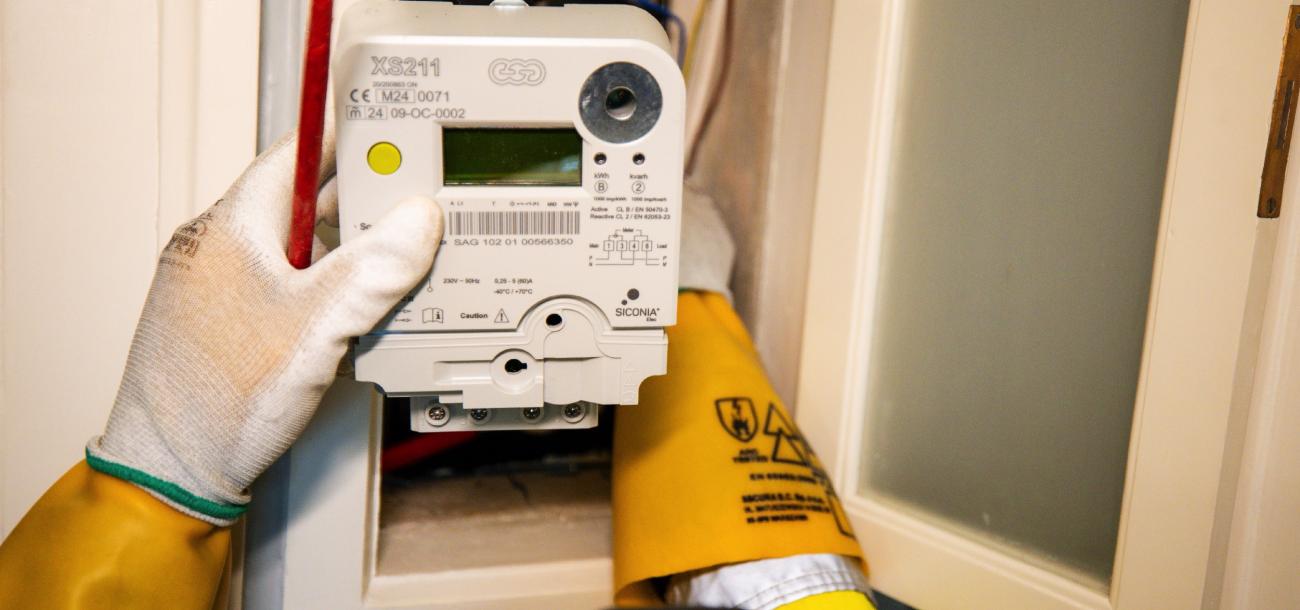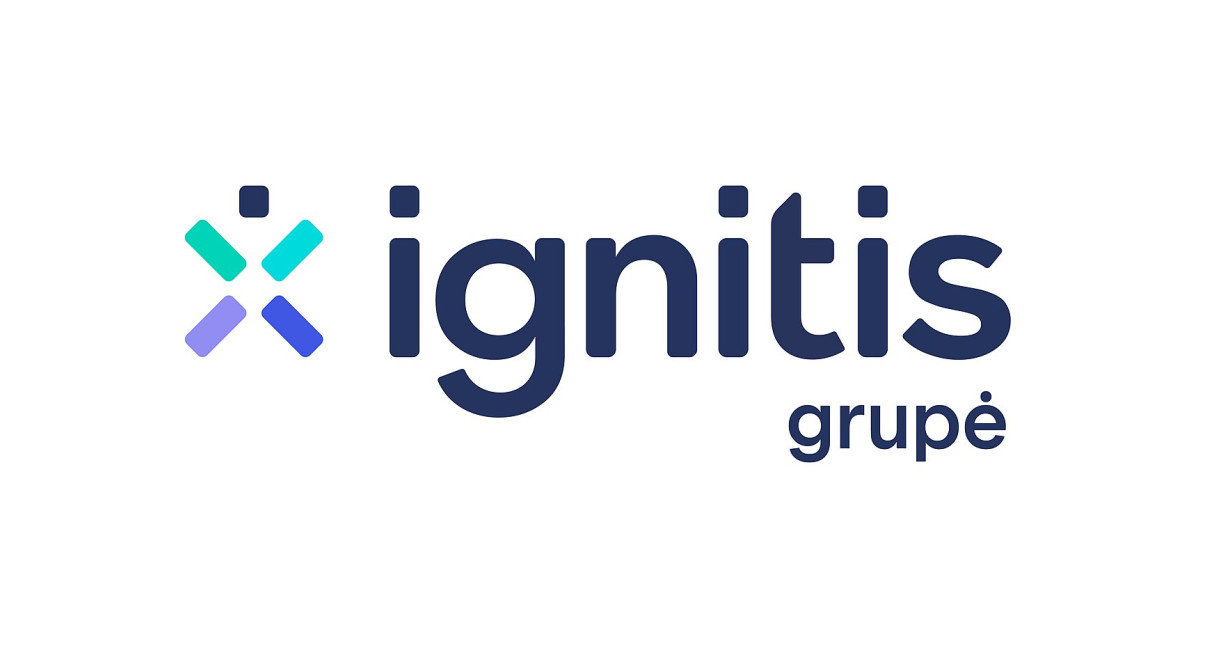ESO has installed the millionth smart electricity meter in the Art Deco Museum in Kaunas
This week, Energijos Skirstymo Operatorius (ESO) installed the millionth smart electricity meter in Lithuania. The next-generation smart device replaced the old electricity meter at the Art Deco Museum in Kaunas. ESO estimates that investments in the digitalisation of the grid will amount to EUR 103 million by the end of 2024. The value of the benefits for this period is estimated at EUR 60 million and is expected to reach EUR 265 million over the lifetime of the meters.
“Today, one million ESO customers in Lithuania can already benefit from the advantages of the smart electricity meter and appreciate the value it brings: analyse detailed consumption data, manage energy consumption more efficiently and thus save money,” says Aurelija Židickytė-Orvydė, Head of Smart Metering Management at ESO.
“It is symbolic that the millionth electricity meter is being installed in Kaunas, the city where the foundations of modern Lithuanian energy sector were laid in the period between the wars. The new meter was installed behind a door that dates back to 1929, when this apartment block of Pranas and Vanda Gudavičius was built, thus merging the past we are proud of with progress,” notes Karolis Banys, one of the founders of the Art Deco Museum.
One of the main benefits of smart metering is the ability for customers to monitor their energy consumption themselves, identify the appliances that consume the most electricity, replace them with more efficient equipment and adjust their habits to reduce their electricity consumption.
A. Židickytė-Orvydė, Head of Smart Metering Management at ESO, points out that if you have a smart meter and choose a plan linked to the power market, you can significantly reduce your electricity bill by using energy during the hours when electricity is cheaper, and prosumers can monitor not only their consumption, but also the data of the energy supplied to the grid.
“Rapid digitalisation benefits not only the individual customer, but also everyone connected to the network. By automating the network, the operator can plan its development more efficiently, identify and resolve outages faster, and ensure a reliable supply of electricity to every home," notes A. Židickytė-Orvydė.
ESO’s data shows that the introduction of smart electricity meters has not only reduced the cost of operating them, but also the number of thefts. Electricity meter failures are also less frequent, resulting in lower electricity losses.
The company estimates that the benefits of network digitalisation for the company and its customers will amount to EUR 265 million over the useful life of the meters, i.e., 18 years. The digitisation of the network allows customers to save money by adjusting their consumption habits and choosing plans tied to the power market, and the operator to optimise network costs and manage the network more efficiently.
Kaunas district in Lithuania stands out in terms of installed smart meters, with more than 215,000, or 57.59%, of all customers equipped with the new meters. In Marijampolė district this number reaches 62.87%, 55.91% in Alytus, 53.68% in Šiauliai, 53.23% in Tauragė, 52.09% in Klaipėda, and 52.02% in Vilnius. Telšiai, Utena and Panevėžys districts are approaching 50%.
Smart electricity meters were introduced in Lithuania in the summer of 2022. They will replace the old ones in two phases. By 2026, old meters will be replaced for customers consuming more than 1,000 kWh of electricity per year, for prosumers and for those with a faulty device. Meters will also be replaced at the request of persons with disabilities.
In the second phase, starting from 2026, old meters will be replaced for customers with lower electricity consumption when the metrological verification of the current meters expires.
For more information on smart meters and their replacement, customers can visit ismaniejiskaitikliai.lt.





